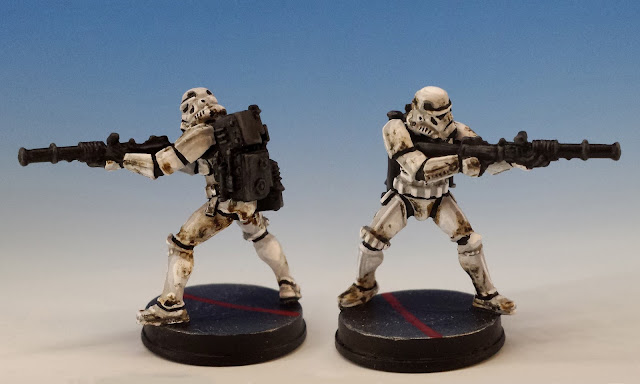I'm adding a new feature to Oldenhammer in Toronto: the Oldenhammer Galleries. These are permanent pages (accessed through a sidebar) that set out a complete collection of fully painted miniatures. My hope is that these galleries will be useful for other miniature painters who are looking for inspiration or a reference.
 |
| The Hobgoblin, Barbarian and Amazon from Talisman Expansion (1986) |
My first 2 sets of galleries are:
(1) The complete collection of Citadel's 1st and 2nd edition Talisman Miniatures -- organized by set (Talisman Basic Set, Talisman Expansion, Talisman Adventure, Talisman Dungeon, Talisman Timescape, Talismans Toads and Alternate Miniatures). This collection is inspired by the wonderful collection at Talisman Island.
(2) The complete collection of Fantasy Flight Game's Star Wars Imperial Assault Miniatures -- organized by faction (Rebels, Imperials and Mercenaries).
 |
| Royal Guard Champion from Imperial Assault (2014) |
I hope to add other galleries soon!
Thanks for looking - sharing these pictures brings me a lot of joy.















